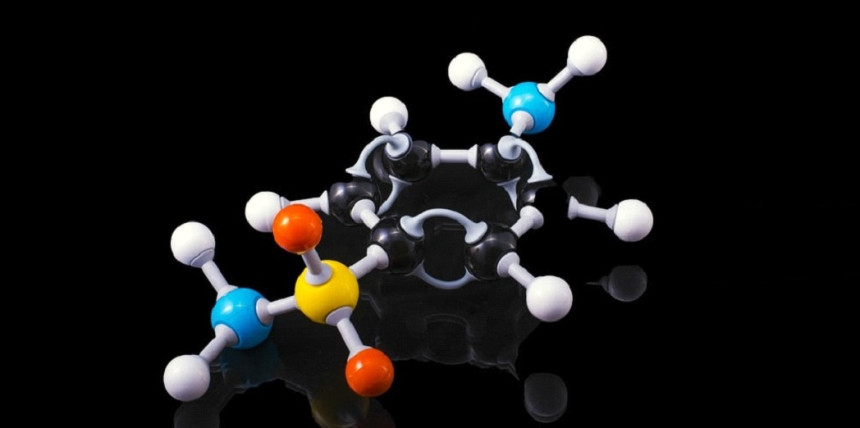
Unravelling the World of Organic Chemistry: The Alchemy of Carbon Compounds
Unearth the secrets of organic chemistry with our detailed guide! Learn about hydrocarbons, functional groups, and the vast applications of organic compounds
Understanding the Nomenclature of Organic Chemicals: A Comprehensive Guide
Navigating the complex world of chemistry can be challenging, especially when it comes to organic chemistry. One crucial aspect of understanding this discipline is mastering the nomenclature of organic chemicals. In this article, we will explore this intricate field, breaking down concepts in an engaging and accessible manner.
What is Organic Chemistry?
Before diving into the specifics of nomenclature, it's essential to clarify what we mean by organic chemistry. This branch of chemistry deals with the study of carbon-based compounds, including hydrocarbons and their derivatives. Carbon is a uniquely versatile element, allowing for a vast array of complex molecules that form the basis of life on Earth.
The Importance of Nomenclature
In the world of organic chemistry, the nomenclature of organic compounds is of paramount importance. Nomenclature is essentially a systematic method for naming organic chemical compounds. It helps to provide a clear and universally understood language for scientists across the globe, avoiding ambiguity when identifying or discussing specific compounds.
The IUPAC System
The International Union of Pure and Applied Chemistry (IUPAC) has devised a set of rules for the nomenclature of organic compounds. This ensures a standardised approach across the world of chemistry, helping scientists effectively communicate complex information.
The naming process involves three essential components: the root, which indicates the number of carbon atoms, the suffix, which signifies the type of compound, and the prefix, which provides information about substituents or functional groups present in the compound.
Breaking Down the Naming Process
Let's take a more in-depth look at the process of naming an organic compound using the IUPAC rules.
- Root: The root or base of the name comes from the number of carbon atoms in the longest continuous chain or ring of carbon atoms. For example, compounds with one, two, three, and four carbon atoms are named methane, ethane, propane, and butane, respectively.
- Suffix: The suffix denotes the type of organic compound, whether it's an alkane, alkene, alkyne, alcohol, or carboxylic acid, to name a few.
- Prefix: The prefix provides details about any substituents or functional groups present in the compound. For example, chloro- for chlorine, bromo- for bromine, and methyl- for a CH3 group.
Understanding and applying these rules can lead to an accurate and universally recognised name for any organic compound you might encounter.
Conclusion
Mastering the nomenclature of organic chemicals is no small task, but with patience and practice, it becomes an invaluable tool in understanding the complex world of organic chemistry. The IUPAC rules provide a systematic and universal method to name any compound, paving the way for clear and precise communication in the field. The journey through organic chemistry is a rewarding one, and understanding nomenclature is a vital first step.
FAQs
1. What is the IUPAC system in organic chemistry?
- The International Union of Pure and Applied Chemistry (IUPAC) system is a set of rules for naming organic compounds. This system is universally recognised, facilitating clear communication between scientists across the globe.
2. What is the role of nomenclature in organic chemistry?
- Nomenclature is a systematic method of naming organic chemical compounds. It provides a universal language for scientists, allowing them to avoid ambiguity and ensure clear identification and discussion of specific compounds.
3. How is an organic compound named using IUPAC rules?
- The IUPAC rules name an organic compound using a root (which indicates the number of carbon atoms), a suffix (which signifies the type of compound), and a prefix (which provides information about substituents or functional groups present in the compound).
4. What are some examples of roots in organic compound names?
- In organic compound names, the roots indicate the number of carbon atoms. For example, compounds with one, two, three, and four carbon atoms are named methane, ethane, propane, and butane, respectively.
5. What does the suffix in an organic compound's name denote?
- The suffix in an organic compound's name denotes the type of organic compound, such as whether it's an alkane, alkene, alkyne, alcohol, or carboxylic acid.





